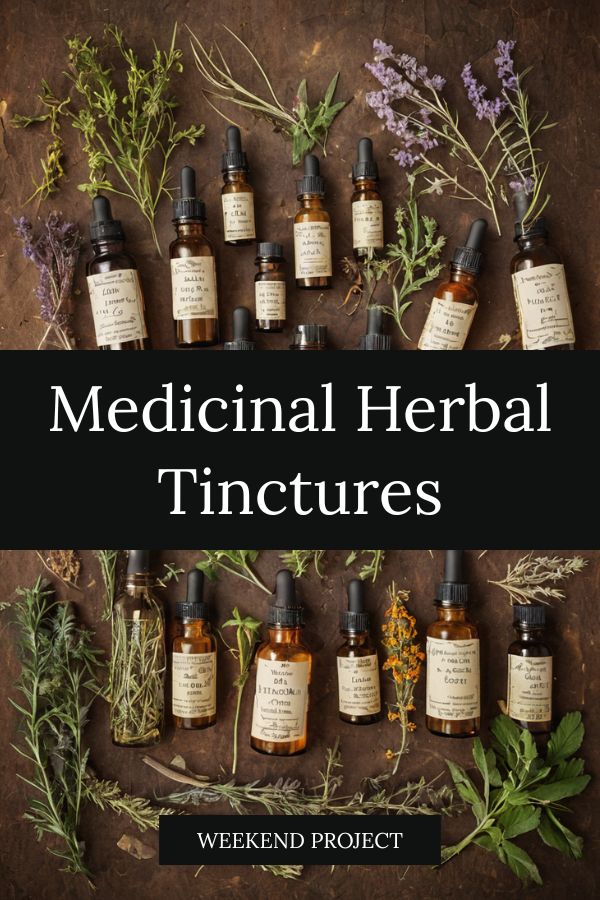Chaste Tree (Vitex Agnus-Castus)
Information Reliability Score: 2/10
This score reflects the overall reliability of the information presented in this article. It is based on the quality of scientific evidence, accuracy of sources, and the transparency of references related to Vitex agnus-castus.
Chaste Tree, scientifically known as Vitex agnus-castus, is a medicinal herb native to the Mediterranean region, valued for its adaptogenic properties and historical use in herbal medicine. It is traditionally used to support hormonal balance, particularly in women, with primary benefits including regulation of menstrual cycles, reduction of premenstrual syndrome (PMS) symptoms, and support for fertility. In ancient times, it was revered by the Greeks and Romans for its purported ability to enhance chastity and was used in rituals and as a remedy for various ailments. Today, it is incorporated into modern wellness practices as a natural supplement for hormonal health and emotional well-being. Its unique feature is the presence of unique compounds like flavonoids and iridoids, which contribute to its therapeutic effects, and it has a distinct, slightly bitter flavor that makes it a rare spice in some cuisines.
FREE COURSE
How to make medicinal herbl tinctures for common ailments at home and in a weekend (using the Healing Drop System).

